How Do Trail Cams Work ?
Trail cameras, also known as game cameras, are designed to capture images or videos of wildlife or other objects in outdoor settings. These cameras typically consist of a motion sensor, a camera lens, and a storage device. When the motion sensor detects movement within its range, it triggers the camera to capture an image or start recording a video.
The motion sensor in trail cameras uses infrared technology to detect changes in heat and movement. When an animal or object moves within the camera's field of view, the sensor is activated, and the camera is triggered to capture an image or record a video. Some trail cameras also have a time-lapse feature that allows them to capture images at regular intervals, regardless of motion.
The captured images or videos are stored on a memory card or internal storage within the camera. Users can then retrieve the memory card or connect the camera to a computer to access and view the recorded footage. Some trail cameras also have wireless capabilities, allowing users to remotely access and view the images or videos using a smartphone or computer.
1、 Image capture: Using motion sensors to trigger photo or video recording.
Trail cameras, also known as game cameras or wildlife cameras, are used to capture images or videos of animals in their natural habitat. These cameras are typically placed in outdoor locations such as forests, hunting grounds, or wildlife reserves.
The primary function of a trail camera is image capture. They are equipped with motion sensors that detect movement within their field of view. When an animal or any other object moves in front of the camera, the motion sensor is triggered, and the camera starts recording either photos or videos.
The motion sensors in trail cameras work by detecting changes in infrared radiation. When an object moves, it causes a disruption in the infrared radiation, which is then detected by the sensor. This triggers the camera to capture an image or start recording a video.
Once triggered, the camera captures the image or video and stores it on a memory card. Some trail cameras also have the capability to transmit the captured images or videos wirelessly to a remote location, allowing users to monitor the camera's activity in real-time.
In recent years, trail cameras have seen advancements in technology. Many cameras now offer higher resolution images and videos, allowing for clearer and more detailed captures. Some cameras also include features such as time-lapse mode, which captures images at regular intervals, and night vision capabilities, enabling the camera to capture images in low-light or nighttime conditions.
Overall, trail cameras have become an essential tool for wildlife enthusiasts, hunters, and researchers, providing valuable insights into the behavior and movements of animals in their natural habitats.
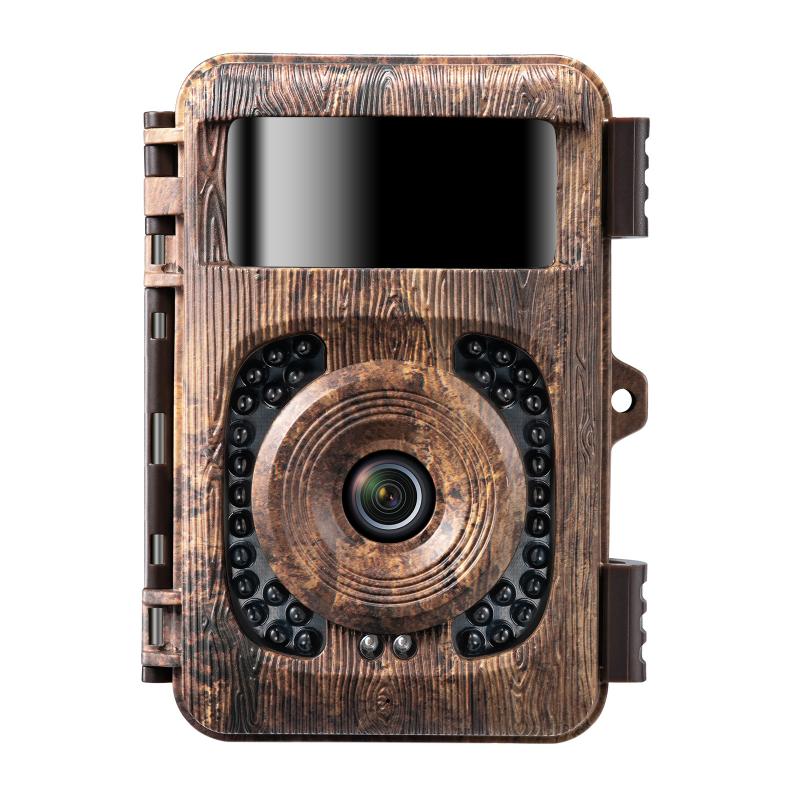
2、 Infrared technology: Utilizing infrared LEDs for night vision capabilities.
Trail cameras, also known as game cameras, are widely used by hunters, wildlife enthusiasts, and researchers to monitor and study animal behavior in their natural habitats. These cameras are designed to capture images or videos of wildlife without human intervention. But how do trail cams work?
One of the key features of trail cameras is their ability to capture images in low-light conditions, including during the night. This is made possible through the use of infrared technology. Trail cameras are equipped with infrared LEDs (Light Emitting Diodes) that emit infrared light, which is invisible to the human eye but can be detected by the camera's sensor.
When the camera is triggered by motion or heat, the infrared LEDs are activated, illuminating the area in front of the camera. The camera's sensor then captures the reflected infrared light, allowing it to produce a clear image or video even in complete darkness. This is commonly referred to as night vision capabilities.
In recent years, trail cameras have seen advancements in infrared technology. Some cameras now feature improved infrared LEDs that emit a more powerful and focused beam of light, resulting in better image quality and longer detection ranges. Additionally, there are trail cameras available that combine infrared technology with other features such as high-resolution sensors, faster trigger speeds, and wireless connectivity for remote monitoring.
Overall, trail cameras have become an invaluable tool for wildlife observation and research. They provide a non-intrusive way to study animals in their natural habitats, allowing researchers to gather valuable data on behavior, population dynamics, and habitat usage. With ongoing advancements in technology, trail cameras are likely to continue evolving, providing even more detailed and accurate insights into the natural world.

3、 Memory storage: Storing captured images or videos on internal memory cards.
Trail cameras, also known as game cameras, are widely used by hunters, wildlife enthusiasts, and researchers to monitor and study animal behavior in their natural habitats. These cameras are designed to capture images or videos of wildlife without human intervention. But how do trail cams work?
The primary function of a trail camera is to detect motion or heat signatures and capture images or videos accordingly. When an animal or any other object moves within the camera's detection range, it triggers the camera to start recording. This is achieved through the use of sensors, such as passive infrared (PIR) sensors or motion sensors, which detect changes in heat or movement.
Once triggered, the camera captures either a still image or a video clip, depending on the camera's settings. The latest trail cameras often offer high-resolution image and video capabilities, allowing for detailed and clear footage. Some cameras even have advanced features like time-lapse mode, which captures images at regular intervals, providing a comprehensive view of wildlife activity over an extended period.
Memory storage is a crucial aspect of trail cameras. Storing captured images or videos on internal memory cards allows for easy retrieval and analysis of the recorded data. The latest trail cameras typically have expandable memory options, such as SD cards or microSD cards, which can hold a significant amount of footage.
In recent years, trail cameras have seen advancements in technology, including wireless connectivity options. Some models now offer the ability to transmit images or videos directly to a smartphone or computer, eliminating the need to physically retrieve the memory card from the camera. This feature enables real-time monitoring and remote access to the camera's recordings.
Overall, trail cameras have become an invaluable tool for wildlife observation and research. Their ability to capture high-quality images or videos, coupled with convenient memory storage options, allows for a deeper understanding of animal behavior and habitat dynamics.
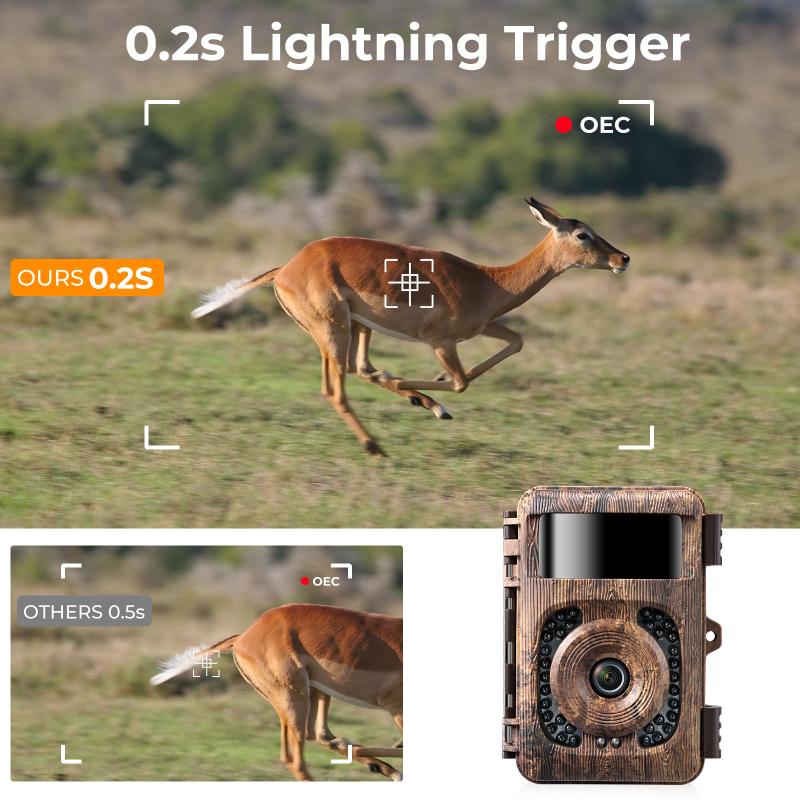
4、 Power source: Operating on batteries or solar panels for extended use.
Trail cameras, also known as game cameras, are used to capture images and videos of wildlife in their natural habitat. These cameras are typically placed in remote areas and are designed to be durable and weatherproof. So, how do trail cams work?
Power source: Operating on batteries or solar panels for extended use. Trail cameras are powered by either batteries or solar panels. Battery-powered cameras are equipped with long-lasting batteries that can last for several months, depending on usage. Some models also have the option to connect an external power source for extended use. On the other hand, solar-powered trail cameras utilize solar panels to charge the internal batteries, providing a sustainable and eco-friendly power source.
Motion detection: Triggered by movement or heat. Trail cameras are equipped with motion sensors that detect movement or changes in heat signatures. When an animal or any other object enters the camera's field of view, the motion sensor is triggered, and the camera starts capturing images or recording videos. This feature helps conserve battery life by only capturing footage when there is activity in front of the camera.
Image and video capture: High-resolution images and videos. Trail cameras are capable of capturing high-resolution images and videos, allowing for detailed monitoring of wildlife. The latest models offer impressive image quality, often with resolutions of 20 megapixels or higher. Videos are typically recorded in high-definition (HD) or even 4K resolution, providing clear and detailed footage.
Storage: Internal memory or external SD cards. Trail cameras have built-in memory to store captured images and videos. However, the storage capacity is often limited, especially for high-resolution footage. To overcome this limitation, most trail cameras also have slots for external SD cards, allowing users to expand the storage capacity and easily transfer the captured media to other devices.
Connectivity: Wireless transmission and remote access. Some trail cameras now offer wireless connectivity options, such as Wi-Fi or cellular capabilities. This allows users to remotely access the camera's footage and settings through a smartphone app or a web portal. Wireless transmission also enables real-time notifications, so users can receive alerts when the camera is triggered, providing instant updates on wildlife activity.
In conclusion, trail cameras work by utilizing a power source, motion detection, image and video capture, storage, and connectivity features. These cameras have become increasingly advanced, offering high-resolution imagery, extended battery life, and remote access capabilities. As technology continues to evolve, trail cameras are likely to become even more sophisticated, providing valuable insights into wildlife behavior and conservation efforts.
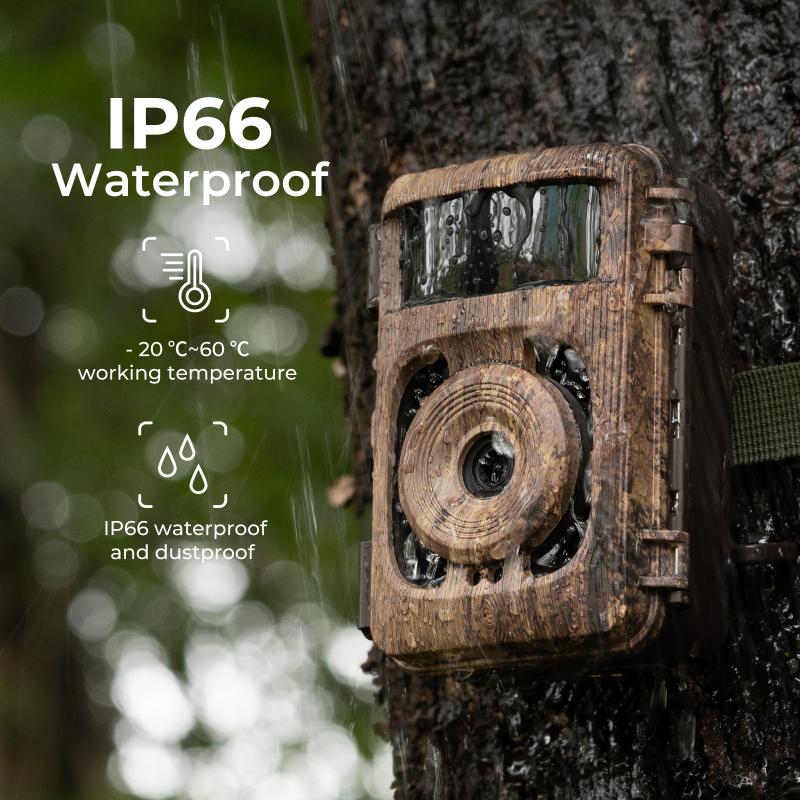


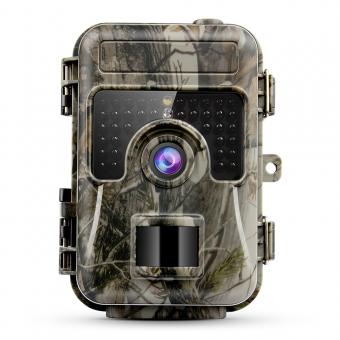








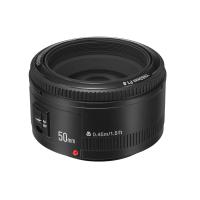




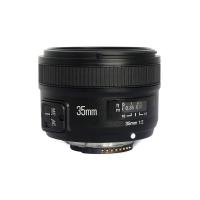



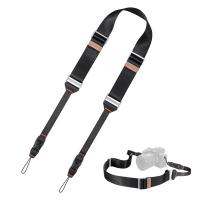



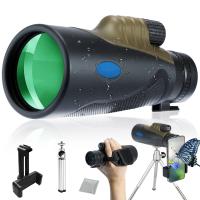






There are no comments for this blog.